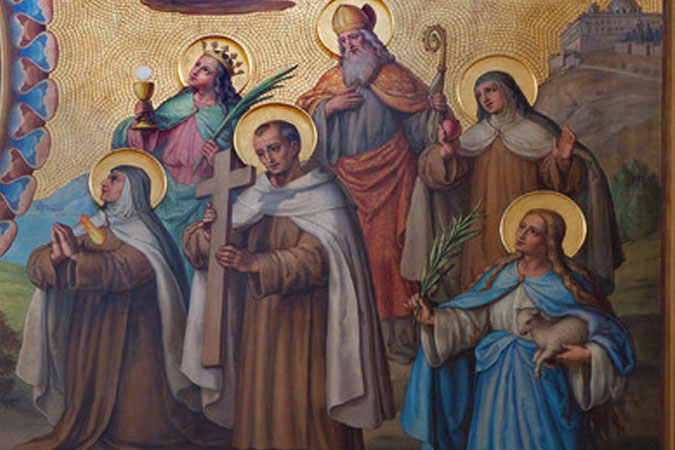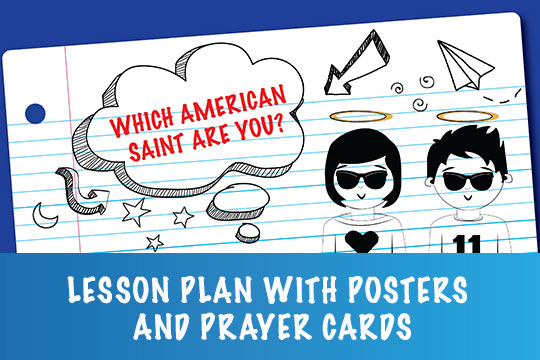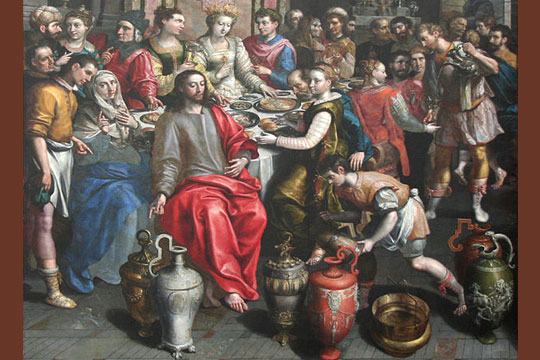
A few weeks ago, I was excited after a session on the saints because the young people in my group were excited too. We enjoyed playing a game, listening to an upbeat saints song, and participating in learning stations to get to know some of the saints.
The first activity of the evening was Saints Musical Chairs. I found this game online a few years ago, and the writer shared brief descriptions of some of the early Christian martyrs that included some of the symbols associated with each. Before our session, I taped pictures of each of the martyrs to the back of the chairs, which the young people helped me arrange in a circle. The game uses the same basic rules of traditional musical chairs, though we started with the same number of chairs as players. When the music stopped each round, I read the biographical notes on a saint, and the young people had to figure out if the notes described the saint on their chair. The person in the chair with the martyr in question was out that round. As expected, the game provided some silliness, but more importantly, it provided some kinesthetic activity and introductions to some of the holy people who gave their lives for the faith. Thank you to Anne at Under Her Starry Mantle, who first shared this activity, now no longer available online.
After praying an abbreviated litany of the saints, we took some time to listen to a musical litany of the saints that was arranged with “When the Saints Go Marching In” (available on Christ Our Life CD for grades 4 and 5). While I liked the peppy version, I was surprised to see how the young people reacted when the song played, dancing along in their chairs and asking to hear the song a second time.
Next it was on to the learning stations. I set up several around the room that invited the young people to explore the lives of saints with the aid of activity sheets and their Finding God books. One of the stations invited the young people to use their phones to take the online “Which American Saint Are You?” quiz and record their results on an accompanying sheet. One of the girls said, “That is so me!” when she read her quiz results, which was another engaging moment in this session. As a follow-up to the quiz the following week, I handed out prayer cards corresponding to the quiz results, using cards available in the accompanying lesson plan, so each person would have a prayer card of a saint meaningful to his or her life.
The session got the young people out of their desks, working together, and left them wanting more. While they likely won’t remember the biographical details of every saint introduced that evening, the young people will hopefully associate good thoughts of fun in community when they think about the communion of saints in the future.
When have you led a session that worked particularly well? What made it a successful session?





Be the first to comment